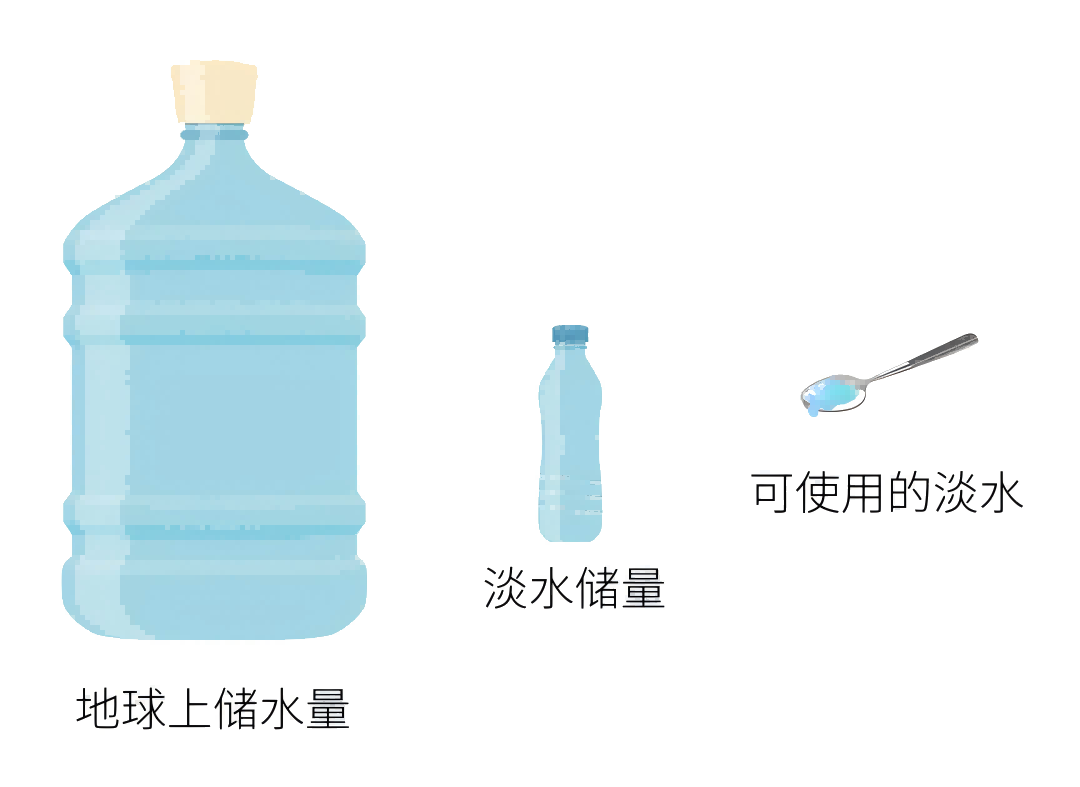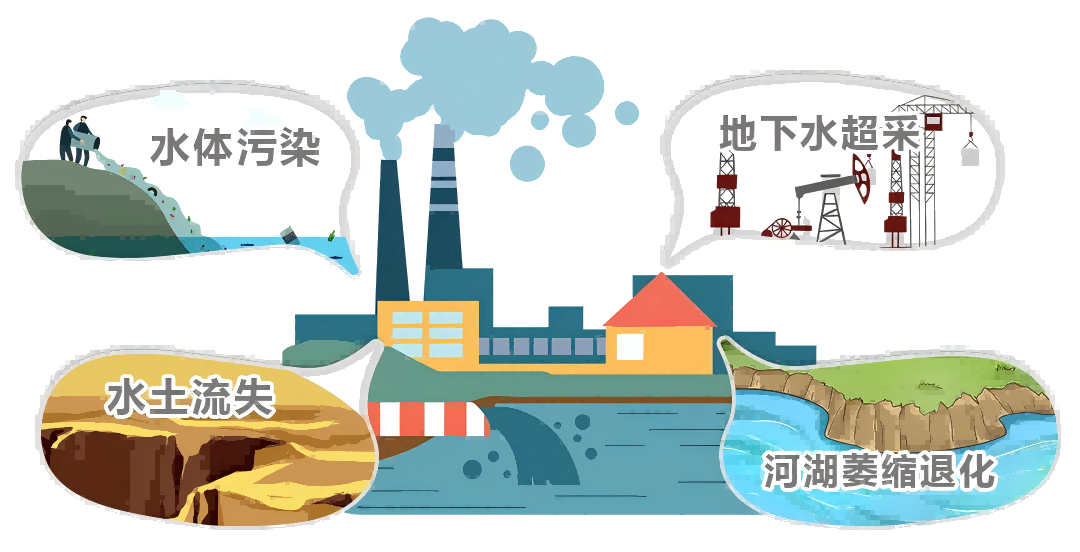 产品咨询
产品咨询
 售后咨询
售后咨询
 客户留言
客户留言
2023-03-24

On the earth, all life activities originate from water, yet the water resources directly available for human use are extremely limited. Over the past 100 years, the global water consumption has increased sixfold. Currently, the global water usage is still rising at a rate of 1% per year. What lies ahead of us is an increasingly larger water gap and a more severe water crisis.

The Situation of Global Water Resources
Among the global water resources, fresh water accounts for only about 2.8% of the total global water volume, while the remaining approximately 97.2% is salt water. Among the fresh water, about 77% is in the form of ice and snow in the polar ice caps, alpine glaciers, and permafrost regions, which is difficult for humans to utilize. What humans can truly make use of is a portion of the water in rivers, lakes, and groundwater. In fact, the fresh water available for human use on Earth only accounts for about 0.64% of the total water volume, that is, 88,703 trillion cubic meters.

Affected by factors such as population growth, environmental pollution, and climate change, the pressure of global water shortage is constantly increasing. On the eve of the UN 2023 Water Conference, a newly released study showed that the world is facing a serious water crisis. By 2030, the global freshwater supply will be short of 40%, and the areas with water stress will experience more severe shortages.
The water environment problems faced by our country
Water Body Pollution
The phenomenon that water bodies are affected by human activities, resulting in the deterioration of the sensory properties, physical properties, chemical composition, biological composition, and sediment conditions of water is called water body pollution. Water body pollution reduces the usability value of water, causes harm to aquatic organisms and water users, and exacerbates the contradiction of water resource shortage.
Shrinkage and Degradation of Rivers and Lakes
Due to the development of human society, the continuous increase in industrial, agricultural, and domestic water consumption, and the continuous intensification of water resource development efforts, the natural runoff of rivers has been continuously decreasing.
Overexploitation of Groundwater
Due to the scarcity of surface water resources and the intensification of water pollution, some regions have carried out predatory development of groundwater. When, under certain periods and exploitation levels, the average annual groundwater extraction volume exceeds the average annual exploitable groundwater volume over many years, it will cause a continuous decline in the groundwater level. This phenomenon is called overexploitation of groundwater.
Soil Erosion
Soil erosion will lead to a series of environmental problems, such as the destruction of land resources, the loss of nutrients in cultivated land, and the reduction of agricultural cultivation area; the aggravation of mountain flood and debris flow disasters, threatening the safety of people's lives and property; nitrogen, phosphorus, and pesticides entering the water system, polluting water sources, etc.

Water resource shortage and water environment damage are the global challenges we are facing. It is imperative to cherish water resources and protect the water environment.
As a water enterprise with a strong sense of social responsibility, Flangco Water always takes national policies as its guidance. Adhering to the concepts of technological innovation and green environmental protection, it has developed and launched intelligent water supply equipment, created a smart water affairs system for the future, and helped customers make efficient use of water resources. Starting from every bit, it continues to create value for a better tomorrow of human life.
2025-10-29
2025-10-27
2025-10-17
2025-09-26
2025-08-25
2025-08-08
2025-07-29
2025-07-04